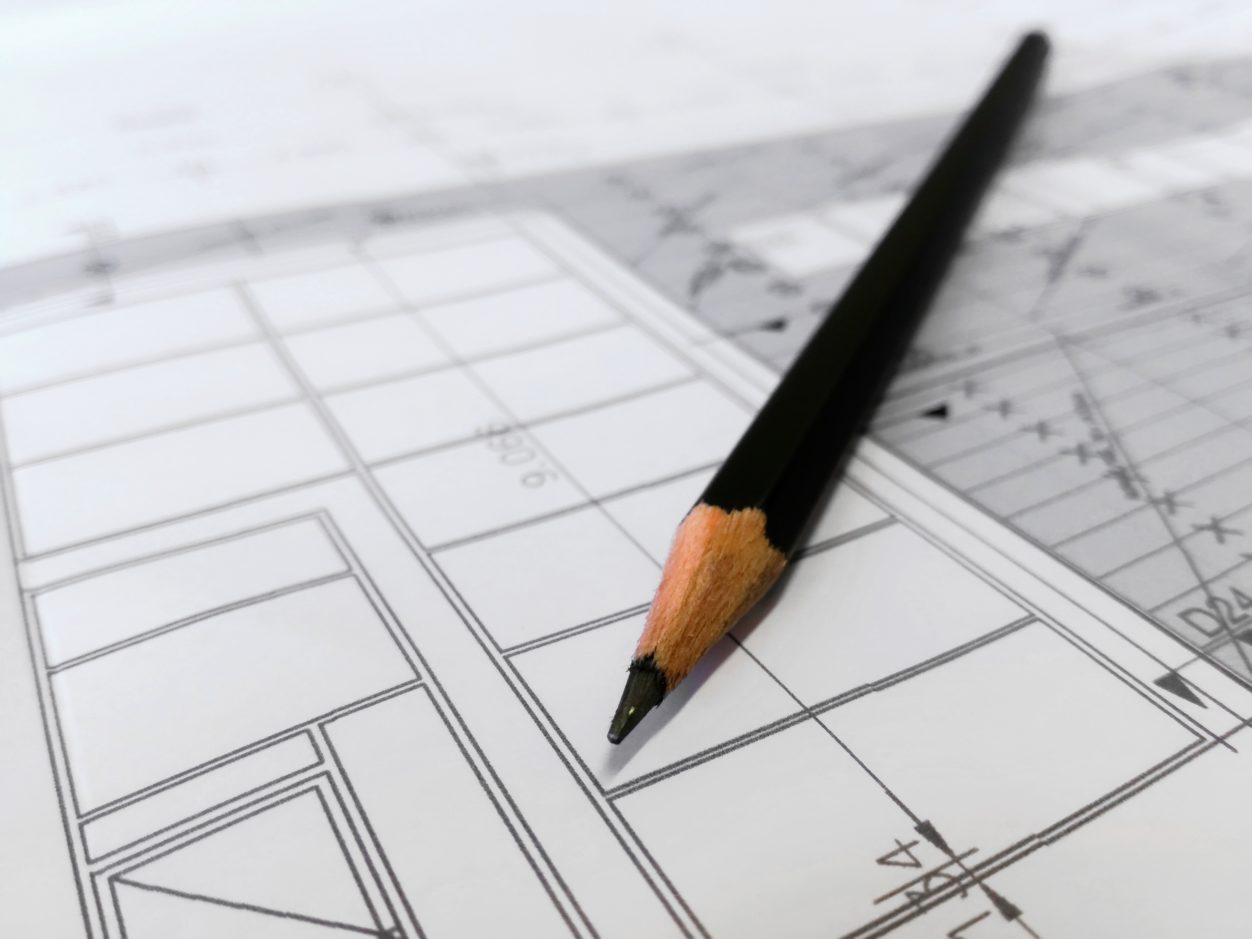A builder’s lien is a legal interest that can be registered on title to a property as security for an alleged debt for work or materials in relation to an improvement. Having a lien placed on the title to your property can come as a shock and can cause issues for the owner of the lands moving forward.
As a starting point, the owner should determine if the builder’s lien will impact them in any way if it were to remain on title. For example, if the property is listed for sale, or if there is a mortgage renewal or refinancing upcoming, the lien could negatively impact these types of transactions.
When to Take Action
In the event that the lien will not impact the owner in the near future, it can be best to just wait and see if the builder’s lien claimant takes any further action, as a lien can only remain on a title for one year before some action must be taken by the lien claimant. If the lien claimant does not file a Notice of Civil Claim (NOCC) in the Supreme Court of British Columbia and register a Certificate of Pending Litigation (CPL) on title to the lands within one year of the filing of the lien, the owner can apply to the appropriate Land Title Office (LTO) to have the lien removed.
Head Contractor Lien Removal
In many cases, the builder’s lien will negatively impact the owner, and, as a result, steps will need to be taken to have the lien removed from the title. If the owner has hired a head contractor for the project, the contract may contain a clause that designates the head contractor as the party dealing with any liens filed. In that case, the owner may simply need to instruct the contractor to remove the lien.
Absent such a term in the contract, the owner may also insist that it is still the head contractor’s responsibility, especially if the head contractor has been paid for the work that the lien claimant is seeking payment for under the lien.
In the event that there is no head contractor to deal with the lien, or if the head contractor simply will not take the necessary steps, there are a number of other ways to have liens removed from title to a property.
Land Owner Lien Removal
If a head contractor is involved and a holdback account has been properly maintained by the owner, the owner can potentially have the lien removed by applying to the Supreme Court and paying the holdback funds into court until the matter can be settled with the lien claimant. Although this can potentially be done quickly, it does have a cost if the application is handled by a lawyer.
Another way to potentially have liens removed in fairly short order is by issuing a 21-Day Notice to Commence and Action. By issuing a 21-Day Notice, the owner or head contractor can shorten the one-year time period to file a NOCC and CPL noted above to 21 days.
In the event the lien claimant does not take the necessary steps, the owner can apply to the appropriate LTO to have the lien removed. However, there is risk associated with a 21-Day Notice, as the lien claimant could file the appropriate documents, and then the owner will not only have a lien to deal with but also a NOCC and CPL as well.
Other Ways to Remove Liens
Other ways to remove liens include but are not limited to paying out the lien claimant, paying the amount of the lien into trust under a letter agreement, negotiating with the lien claimant, and applying to the court to have the lien removed if the owner believes it to be frivolous or vexatious.
The Builder’s Lien Act can be quite challenging to navigate, so in the event that you are forced to deal with a lien, it will likely be in your best interest to consult a lawyer before taking any steps to deal with the lien.
Contact our Construction Lawyers today for a consultation on Builder’s Liens.
The information provided above is for educational purposes only. This information is not intended to replace the advice of a lawyer or address specific situations. Your personal situation should be discussed with a lawyer. If you have any questions or concerns, contact a legal professional.
